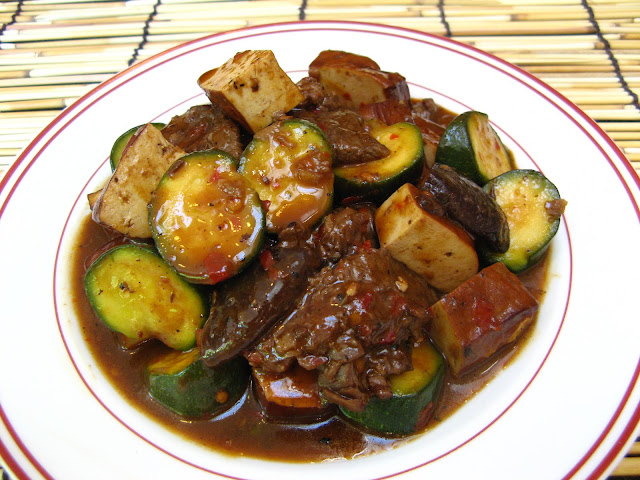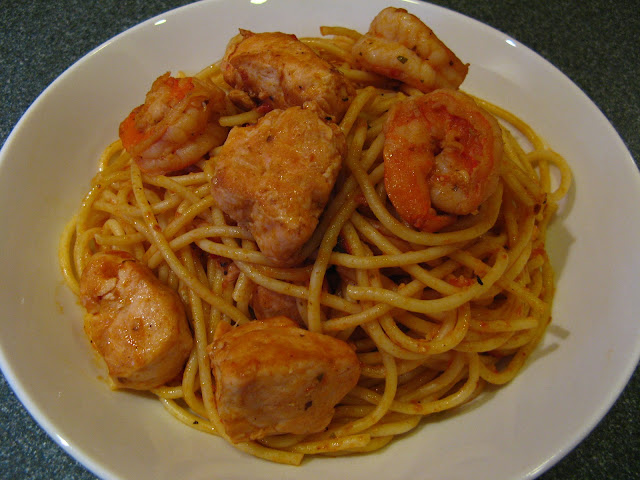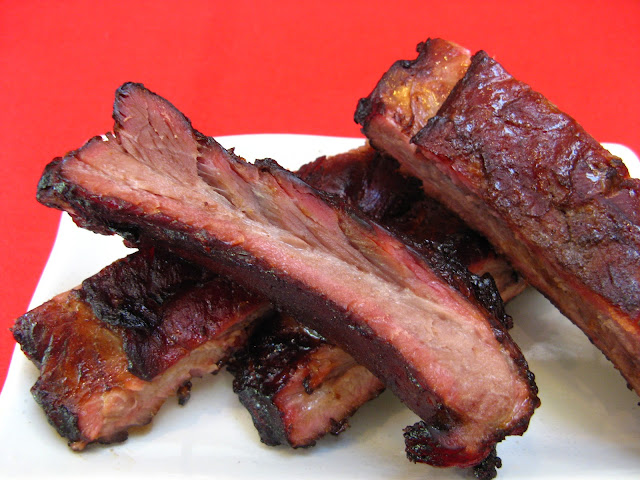This recipe was updated on 08 Sep 2015. Some instructions
and ingredient quantities were changed, and metric measurements were added.
Bitter melon and some meat (beef, chicken, pork…) in black
bean sauce is a classic Cantonese dish. This recipe adds hot red peppers (e.g.
serrano, jalapeño, or Fresno) to give the dish added color and, most
importantly, a little heat. I also used a prepared black bean garlic sauce made
by Lee Kum Kee. You can of course use salted black beans and garlic to make the
sauce, but I wasn’t in the mood and took the easy way out using the prepared
sauce.
Salting and then washing the sliced bitter melon turns out
to be the easiest and fastest way to remove any excess bitterness. If the
bitter melon is slightly wet, the salt does a better job. I just use wet hands
to mix the bitter melon slices and salt together, and that seems to do the
trick. You only need 5 minutes to reduce the bitterness. The bitterness will
diminish further the longer you leave the salt on the bitter melon and after 10
minutes, the bitterness will mostly be removed. Another method to reduce
bitterness involves blanching the bitter melon before stir frying, but you need
another pot and boiled water. The texture of the bitter melon will also be
different if you use the blanching method. You can also choose not to reduce
the bitter melon’s bitterness at all, in which case just remove the seed and
pith, cut into pieces, and cook. I like to pair bitter melon prepared in this
manner with pork spareribs.
Enjoy!






